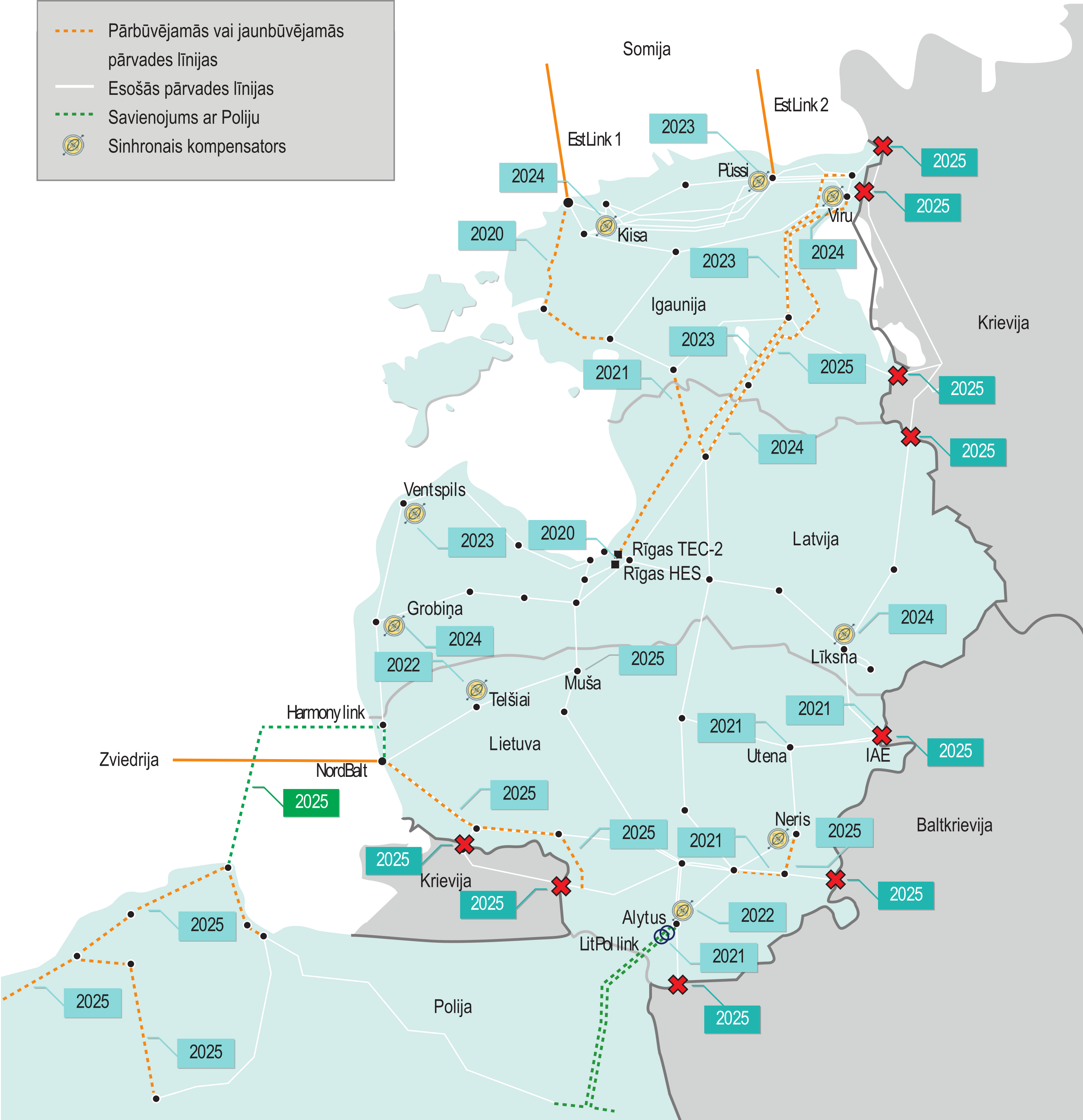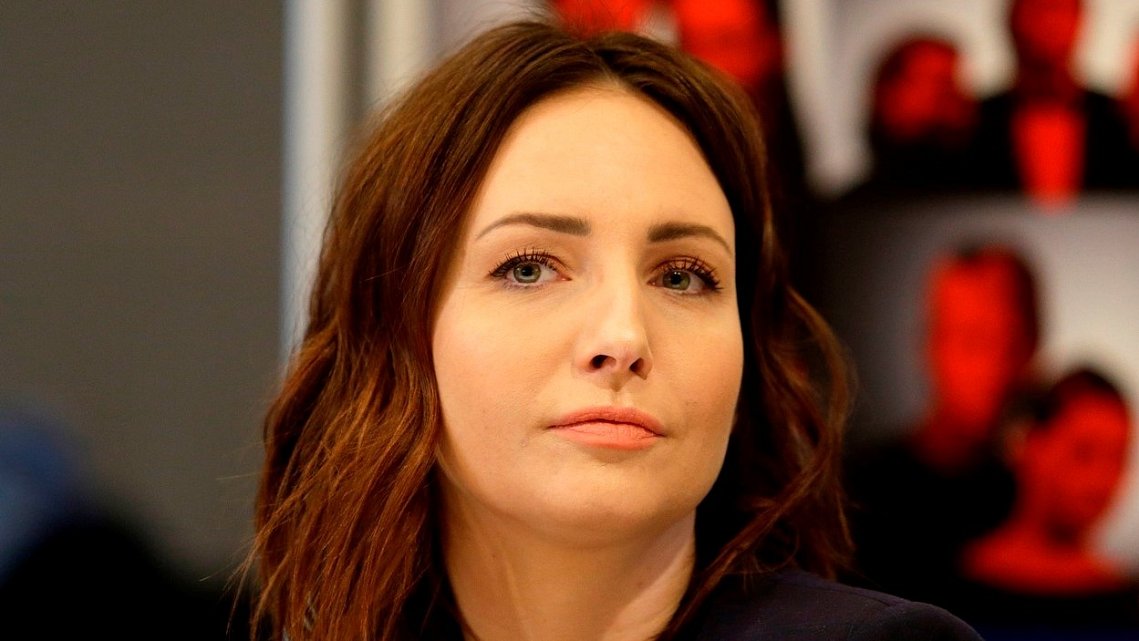Content will continue after the ad
Advertising
–
European Commission the President Urzula fon the Leiena points out that EUR 720 million was allocated last night from the Connecting Europe Facility to connect the Baltic energy network to the rest of Europe. This project is a significant achievement in ending the isolation of the Baltic energy market. This will reduce the region’s over-dependence and over-reliance on a single source of energy imports, connecting it in a fully coordinated way with the rest of the European Union. It is also forward-looking. The new offshore grid will supply electricity from renewable energy sources to all Baltic Sea countries.
“The European Commission’s decision to allocate more than 700 million euros for the synchronization of the Baltic electricity grids with the European Union electricity grids will allow successfully continuing the important project for the region,” said Prime Minister Krišjānis Kariņš, noting the importance of the synchronization project for Latvia and the region.
Varis Boks, Chairman of the Board of JSC Augstsprieguma tīkls (AST), believes that together with his Baltic and Polish colleagues, the maximum result has been achieved. This project is important not only on a regional Baltic scale, but also for the EU as a whole. In addition, by investing European funds in the rehabilitation of the network, AST will avoid investments that would have to be made from its own resources in the future and could rely on transmission tariffs.
Receiving CEF co-financing is one of the preconditions for the Baltic States to fulfill their commitment to disconnect from the Russian and Belarusian electricity grids in 2025 and to start synchronous work with European networks through Poland. In total, the four management system operators – Polish PSE, Lithuanian Litgrid, Estonian Elering and Latvian AST received about three quarters of this year’s total CEF budget for energy projects, amounting to 998.3 million euros. Thus, together with the CEF co-financing of the first phase of the synchronization project in the amount of 324 million euros, the European support for the synchronization of the Baltic electricity networks has already exceeded one billion euros, which is a record support for one project also at the European level.
In total, the costs of the second phase of the synchronization project are estimated at around 1.2 billion euros, of which 521 million euros are planned to be invested in Poland, 462 million euros in Lithuania, 100 million euros in Latvia and 111 million euros in Estonia. The application to support the other activities of the second phase of the synchronization project is planned to be submitted to CEF next year.

Source: “High Voltage Network”
–



